Home>Furniture & Design>Interior Design Trends>How To Get Into Glass Blowing
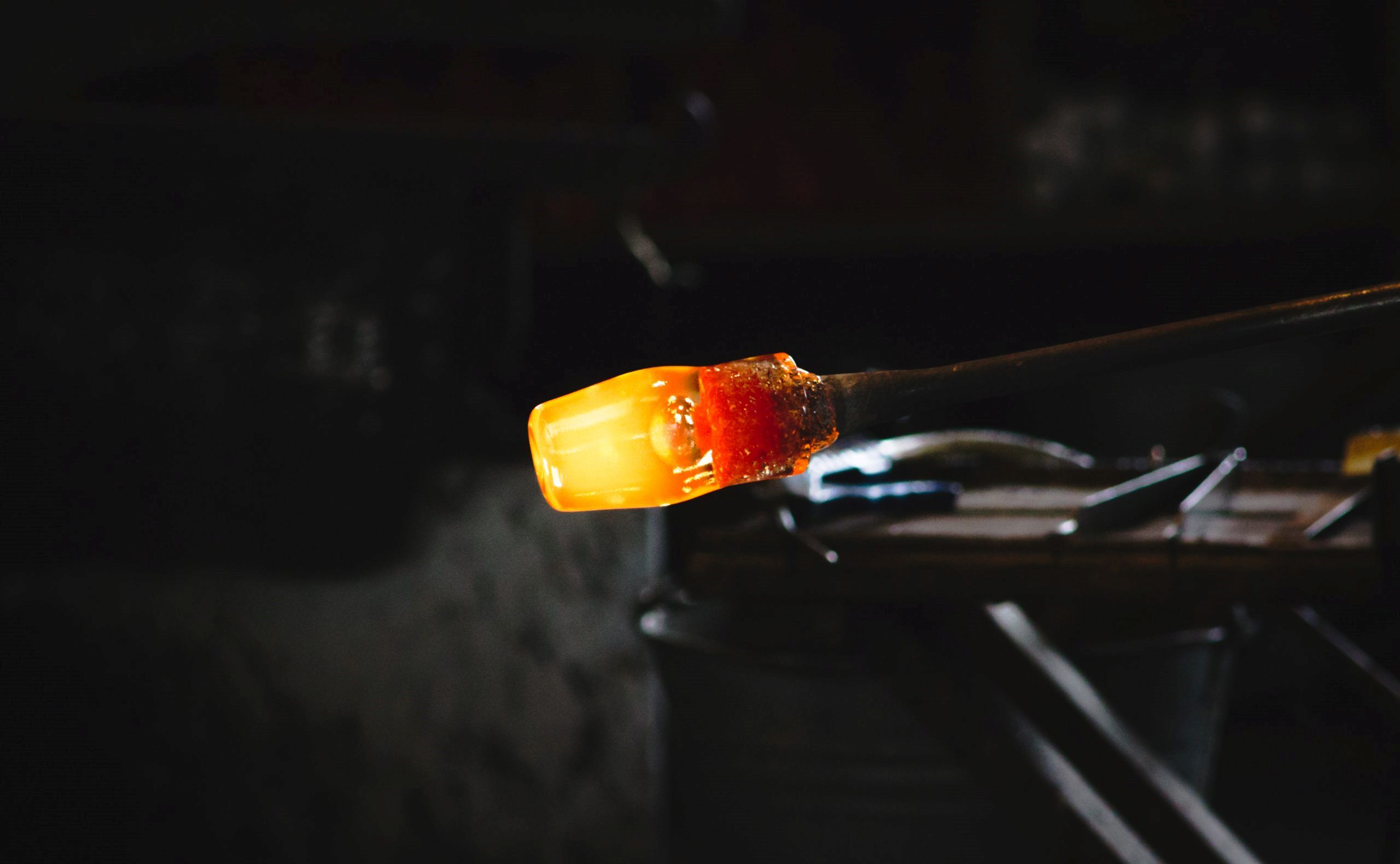

Interior Design Trends
How To Get Into Glass Blowing
Modified: April 22, 2024
Learn how to get started in the art of glass blowing and explore the latest interior design trends in this captivating and hands-on craft. Discover the techniques and tools needed to create stunning glass pieces for your home.
(Many of the links in this article redirect to a specific reviewed product. Your purchase of these products through affiliate links helps to generate commission for Storables.com, at no extra cost. Learn more)
Introduction
Glass blowing is an ancient art form that has captivated people for centuries with its mesmerizing beauty and intricate craftsmanship. The process of shaping molten glass into stunning creations requires skill, precision, and a deep understanding of the medium. Whether you are drawn to the artistry of glass blowing or aspire to become a professional glass blower, embarking on this journey can be incredibly rewarding.
As you delve into the world of glass blowing, you will discover a rich history and a vibrant community of artisans who are dedicated to preserving and evolving this timeless craft. From delicate ornaments to elaborate sculptures, the possibilities of what can be created through glass blowing are as boundless as the imagination itself.
In this guide, we will explore the fundamentals of glass blowing, from the essential tools and techniques to the importance of safety and best practices. Additionally, we will delve into the practical aspects of pursuing a career in glass blowing, including finding a studio or workshop, building a portfolio, and networking within the industry.
Whether you are a novice enthusiast or a budding professional, this guide will serve as a valuable resource to help you embark on your glass blowing journey. By gaining a comprehensive understanding of the art form and the steps involved in mastering it, you will be well-equipped to pursue your passion for glass blowing and bring your creative visions to life.
Key Takeaways:
- Glass blowing is a captivating art form that requires skill and patience. Understanding the basics, acquiring the right tools, and prioritizing safety are essential for embarking on this creative journey.
- Building a portfolio, gaining hands-on experience, and networking within the industry are crucial for aspiring glass blowers. Embracing continuous learning and creativity is key to success in this timeless craft.
Read more: How To Blow Glass
Understanding the Basics of Glass Blowing
Glass blowing, also known as glass art or glass sculpture, is a captivating craft that involves shaping molten glass into exquisite forms using a blowpipe, or blow tube, and various hand tools. The process of glass blowing requires a deep understanding of the unique properties of glass, as well as precise control and finesse in manipulating the molten material.
At its core, glass blowing involves heating solid glass to a molten state in a furnace, typically operating at temperatures exceeding 2000 degrees Fahrenheit. Once the glass reaches the desired consistency, it is gathered onto the end of a blowpipe, forming a molten "gather" that serves as the foundation for the creation. The glass blower then shapes and manipulates the molten glass using a combination of blowing, shaping, and tooling techniques to achieve the desired form and texture.
One of the fundamental aspects of glass blowing is understanding the behavior of molten glass, which exhibits unique characteristics such as viscosity, elasticity, and heat retention. These properties dictate how the glass responds to the artist's movements and influence the techniques employed to shape and sculpt the material. Additionally, the color, transparency, and refractive qualities of glass add another layer of complexity to the art form, allowing for endless creative possibilities.
Aspiring glass blowers must also familiarize themselves with the various types of glass used in the craft, such as soda-lime glass, borosilicate glass, and lead glass, each with its own distinct properties and working characteristics. Understanding the nuances of different types of glass is essential for achieving specific artistic effects and ensuring the structural integrity of the finished piece.
Furthermore, mastering the art of glass blowing involves honing skills in gathering, blowing, shaping, and annealing, as well as developing an intuitive sense of timing and temperature control. These foundational skills form the basis for creating a wide range of glass objects, from delicate vessels and ornaments to intricate sculptures and installations.
In essence, understanding the basics of glass blowing entails immersing oneself in the artistry and technical intricacies of working with molten glass. It is a journey that demands patience, dedication, and a profound appreciation for the transformative power of this ancient craft. As we delve deeper into the world of glass blowing, we will explore the essential tools and equipment required to embark on this creative endeavor.
Getting Started with the Necessary Tools and Equipment
To embark on the captivating journey of glass blowing, acquiring the necessary tools and equipment is a crucial first step. The art of glass blowing demands precision, control, and a deep understanding of the materials and tools involved. Here's a comprehensive look at the essential equipment needed to set up a glass blowing studio or workstation:
-
Glass Furnace: The heart of any glass blowing studio is the glass furnace, where raw materials such as silica sand, soda ash, and limestone are melted at high temperatures to create molten glass. A reliable furnace with precise temperature control is essential for maintaining the molten glass at the optimal working temperature.
-
Blowpipe and Punty: The blowpipe, a long hollow tube, is used to gather molten glass from the furnace and to blow air into the glass to shape it. The punty, a solid rod, is used to transfer the partially formed glass object from the blowpipe to allow for shaping the other side.
-
Marver and Bench: A marver is a flat, smooth surface used to shape and cool the molten glass, while the bench provides a stable work surface for the glass blower to manipulate the material.
-
Hand Tools: A variety of hand tools, including jacks, shears, tweezers, and paddles, are essential for shaping, cutting, and manipulating the molten glass during the blowing process.
-
Annealing Oven: Once a glass object is formed, it must be slowly cooled to relieve internal stresses and prevent cracking. An annealing oven, or kiln, is used to gradually cool the glass to room temperature, ensuring its structural integrity.
-
Safety Gear: Given the high temperatures and potential hazards involved in glass blowing, safety gear such as heat-resistant gloves, aprons, and eye protection are indispensable for the glass blower's protection.
-
Ventilation System: Proper ventilation is crucial in a glass blowing studio to remove fumes and maintain a safe working environment. A well-designed ventilation system with adequate airflow is essential for the health and safety of the artist.
-
Raw Materials and Colorants: High-quality raw materials, including glass batch and colorants, are essential for creating the desired glass compositions and colors. These materials are carefully measured and mixed to achieve the desired aesthetic and working properties.
Setting up a glass blowing studio or workstation requires careful consideration of these essential tools and equipment. Investing in high-quality, reliable tools is paramount for ensuring a safe and productive working environment. With the right equipment in place, aspiring glass blowers can begin their creative exploration of this timeless art form, bringing their visions to life through the transformative medium of molten glass.
Learning the Techniques of Glass Blowing
Mastering the art of glass blowing involves a deep exploration of the intricate techniques that shape molten glass into exquisite works of art. From gathering and shaping the molten glass to manipulating its form and texture, the process of glass blowing demands a combination of skill, precision, and creative vision. Here, we delve into the essential techniques that aspiring glass blowers must master to bring their artistic visions to life.
Gathering and Shaping
The process begins with gathering molten glass from the furnace onto the end of a blowpipe, forming a molten "gather" that serves as the foundation for the creation. This initial step requires finesse and control to achieve the desired amount of molten glass for the intended piece. Once gathered, the glass blower shapes the molten glass on a marver, a flat, smooth surface, to control its temperature and form before further manipulation.
Read more: What Is Glass Blowing
Blowing and Tooling
Blowing air into the molten glass through the blowpipe is a fundamental technique that allows the glass blower to expand and shape the material. This controlled inflation, combined with strategic tooling using jacks, shears, and paddles, enables the artist to sculpt the glass into intricate forms, from delicate vessels to elaborate sculptures. The artistry lies in the delicate balance of breath, movement, and manipulation to bring the envisioned design to fruition.
Color Application and Manipulation
Incorporating color into glass blowing adds a captivating dimension to the artistic process. Whether using colored glass rods, powders, or frits, the glass blower must master the techniques of applying and manipulating color within the molten glass. This involves precise temperature control and strategic layering to achieve the desired hues and patterns, enhancing the visual impact of the finished piece.
Annealing and Finishing
Once the glass object is shaped and formed, it undergoes a critical process known as annealing. This involves carefully transferring the piece to an annealing oven, where it is gradually cooled to relieve internal stresses and ensure its structural integrity. The annealing process is essential for preventing the glass from cracking or shattering, culminating in a finished piece that is both visually stunning and durable.
Continuous Learning and Innovation
Beyond mastering the foundational techniques of glass blowing, aspiring glass blowers are encouraged to embrace continuous learning and experimentation. Exploring new techniques, pushing the boundaries of traditional methods, and infusing personal creativity into the craft are essential for growth and innovation within the art form.
By honing these techniques and embracing a spirit of creativity and exploration, aspiring glass blowers can embark on a transformative journey of artistic expression through the mesmerizing medium of molten glass.
Read more: How To Learn Glass Blowing
Safety Precautions and Best Practices
Ensuring safety is paramount in the practice of glass blowing, given the high temperatures and potential hazards involved in working with molten glass. Implementing rigorous safety precautions and best practices is essential for creating a secure and productive working environment. Here are the key safety measures and best practices that aspiring glass blowers must adhere to:
Protective Gear
Wearing appropriate protective gear is non-negotiable when engaging in glass blowing. Heat-resistant gloves, aprons, and eye protection are essential to shield against the intense heat and potential splattering of molten glass. Additionally, closed-toe shoes are crucial to protect the feet from hot glass and potential spills.
Ventilation and Air Quality
Maintaining proper ventilation is critical in a glass blowing studio to ensure the removal of fumes and the circulation of clean air. A well-designed ventilation system with adequate airflow helps mitigate the risks associated with inhaling harmful substances released during the glass blowing process, such as volatile compounds and particulates.
Fire Safety
Given the extreme temperatures involved in glass blowing, fire safety measures are imperative. Fire extinguishers should be readily accessible, and all flammable materials should be stored and handled with caution. Clear evacuation routes and emergency protocols must be established to address any unforeseen incidents.
Read more: Who Invented Glass Blowing
Workspace Organization
Keeping the workspace organized and free of clutter minimizes the risk of accidents and enhances overall efficiency. Proper storage of tools, materials, and equipment, along with clear pathways and designated work areas, contributes to a safe and structured environment for glass blowing activities.
Training and Education
Prior to engaging in glass blowing, individuals should undergo comprehensive training and education on the safe handling of equipment, the properties of molten glass, and emergency procedures. Familiarity with safety protocols and best practices is essential for mitigating risks and ensuring a secure working environment.
Supervision and Assistance
For novice glass blowers, working under the supervision of experienced practitioners can provide valuable guidance and oversight. Having a mentor or experienced professional present can enhance safety awareness and facilitate the acquisition of essential skills while minimizing potential risks.
Personal Health and Well-being
Prioritizing personal health and well-being is integral to the practice of glass blowing. Adequate hydration, regular breaks, and mindfulness of physical and mental fatigue contribute to sustained focus and alertness, reducing the likelihood of accidents or errors.
By diligently adhering to these safety precautions and best practices, aspiring glass blowers can cultivate a culture of safety and responsibility within the studio environment. Embracing a proactive approach to safety not only safeguards the well-being of practitioners but also fosters a conducive atmosphere for creativity and artistic expression in the captivating realm of glass blowing.
Read more: How To Get Volume In Hair With A Blow Dryer
Finding a Glass Blowing Studio or Workshop
Embarking on a journey into the captivating world of glass blowing often involves seeking out a suitable studio or workshop where one can immerse themselves in the art form and gain hands-on experience. Whether driven by a passion for artistic expression or a desire to pursue a career in glass blowing, finding the right environment to learn and create is a pivotal step in the process.
One of the primary avenues for locating a glass blowing studio or workshop is through local art communities and organizations. Art centers, galleries, and community colleges often host glass blowing facilities or offer classes and workshops taught by experienced practitioners. Engaging with these institutions provides aspiring glass blowers with access to resources, mentorship, and a supportive community of fellow artists and enthusiasts.
Additionally, networking within the broader art and craft community can lead to valuable connections and insights into potential studio opportunities. Attending art fairs, exhibitions, and industry events allows individuals to connect with established glass blowers, educators, and studio owners, opening doors to potential apprenticeships, internships, or collaborative projects.
Online resources and directories dedicated to the arts can also serve as valuable tools for locating glass blowing studios and workshops. Websites, forums, and social media platforms tailored to the art community often feature listings of studios, educational programs, and residency opportunities, providing a comprehensive overview of available resources and potential avenues for skill development.
For those considering a more immersive and structured approach to learning glass blowing, seeking out formal educational programs and institutions specializing in glass arts can be a transformative step. Many renowned art schools and universities offer degree programs, workshops, and residencies focused on glass blowing, providing a comprehensive educational experience and access to state-of-the-art facilities.
Furthermore, exploring the option of private instruction or mentorship from established glass artists can offer a personalized and intensive learning experience. Connecting with accomplished practitioners who offer private lessons or apprenticeship opportunities can provide invaluable guidance, technical expertise, and artistic inspiration.
Ultimately, finding a glass blowing studio or workshop involves a combination of research, networking, and exploration. By tapping into local art communities, leveraging online resources, and considering formal educational programs, aspiring glass blowers can discover the ideal environment to cultivate their skills, unleash their creativity, and embark on a fulfilling journey within the captivating realm of glass blowing.
Building a Portfolio and Gaining Experience
Building a robust portfolio and gaining hands-on experience are pivotal steps for aspiring glass blowers to establish their presence in the industry and showcase their artistic capabilities. A well-crafted portfolio serves as a visual narrative of an artist's journey, highlighting their skills, creativity, and unique artistic vision. Here's a comprehensive guide on how to build a compelling portfolio and gain valuable experience in the realm of glass blowing.
Documenting Your Work
The foundation of a strong portfolio lies in the meticulous documentation of one's work. High-quality photographs and videos of completed glass pieces, in-progress creations, and the artistic process itself are essential for capturing the essence and intricacies of each piece. Attention to lighting, composition, and detail is crucial to effectively convey the artistry and craftsmanship inherent in the glass blowing process.
Showcasing Diversity and Mastery
A compelling portfolio should showcase a diverse range of work, demonstrating proficiency in various techniques, styles, and forms. From delicate vessels and functional objects to sculptural installations, the portfolio should reflect the artist's versatility and mastery of the medium. Including pieces that exhibit experimentation, innovation, and personal expression adds depth and dimension to the portfolio, showcasing the artist's creative evolution.
Read more: When Did Glass Blowing Start
Collaborative Projects and Commissions
Participating in collaborative projects and accepting commissions can provide valuable opportunities to expand one's portfolio and gain diverse experience. Collaborating with other artists, designers, or organizations can lead to the creation of unique, multidisciplinary works that enrich the portfolio and broaden the artist's creative horizons. Additionally, accepting commissions for custom pieces allows for the exploration of new concepts and challenges, further enhancing the breadth of the portfolio.
Seeking Exhibition and Presentation Opportunities
Participating in exhibitions, art fairs, and public presentations offers aspiring glass blowers a platform to showcase their work, connect with art enthusiasts, and receive valuable feedback. These opportunities not only contribute to the exposure and recognition of the artist's portfolio but also provide insights into audience reception and market trends. Engaging with the public through exhibitions fosters a deeper understanding of the impact and resonance of one's work within the broader artistic community.
Apprenticeships and Residencies
Exploring apprenticeship programs and artist residencies with established glass artists or studios can provide immersive learning experiences and enrich the artist's portfolio. These opportunities offer access to advanced facilities, mentorship, and collaborative environments, allowing for the development of new skills and the creation of portfolio-worthy pieces under the guidance of experienced practitioners.
Embracing Continuous Growth
Building a portfolio and gaining experience in glass blowing is an ongoing journey of growth and refinement. Embracing continuous learning, seeking feedback from peers and mentors, and remaining open to new challenges and opportunities are essential for evolving as an artist and enriching the portfolio with fresh, compelling work.
By meticulously documenting their creations, showcasing diversity and mastery, engaging in collaborative projects, seeking exhibition opportunities, and embracing continuous growth, aspiring glass blowers can build a dynamic portfolio and gain invaluable experience that resonates within the vibrant and evolving landscape of glass blowing.
Read more: Where Did Glass Blowing Originate
Networking and Finding Opportunities in the Industry
Networking within the glass blowing industry is a transformative endeavor that opens doors to a myriad of opportunities, from collaborative projects and exhibitions to potential mentorship and career advancement. Building meaningful connections and actively engaging with the broader artistic community can significantly impact an aspiring glass blower's trajectory within the industry.
One of the most effective ways to network within the industry is to participate in art events, workshops, and conferences dedicated to glass blowing and the broader art world. These gatherings provide invaluable opportunities to connect with established artists, educators, and industry professionals, fostering relationships that can lead to collaborative ventures, mentorship opportunities, and exposure to new artistic perspectives.
Engaging with local and regional art communities is another avenue for networking and discovering opportunities within the industry. Art galleries, studios, and art centers often host events, exhibitions, and artist talks, offering platforms for aspiring glass blowers to showcase their work, interact with fellow artists, and gain visibility within the local arts scene.
Utilizing online platforms and social media to connect with artists, collectors, and industry influencers can also yield networking opportunities. Participating in online forums, sharing one's work on art-focused platforms, and engaging in conversations about glass blowing and contemporary art can expand an artist's reach and facilitate connections with individuals who share a passion for the craft.
Seeking mentorship from established glass artists and industry professionals is a powerful way to gain insights, guidance, and exposure within the industry. Establishing a mentor-mentee relationship can provide invaluable support, constructive feedback, and access to industry networks, ultimately enhancing an aspiring glass blower's prospects for growth and recognition.
Exploring residency programs, artist retreats, and educational institutions specializing in glass arts can offer immersive networking opportunities and exposure to a diverse community of artists and educators. These experiences provide a fertile ground for collaboration, skill development, and the exchange of ideas, nurturing a network of peers and mentors within the industry.
Ultimately, networking within the glass blowing industry is a dynamic and ongoing process that requires proactive engagement, genuine connections, and a spirit of collaboration. By actively participating in industry events, engaging with local art communities, leveraging online platforms, seeking mentorship, and embracing immersive experiences, aspiring glass blowers can cultivate a robust network of connections and uncover a wealth of opportunities within the captivating realm of glass blowing.
Conclusion
In conclusion, the art of glass blowing is a captivating and transformative journey that beckons aspiring artists and enthusiasts into a realm of boundless creativity and technical mastery. From understanding the fundamental techniques and properties of molten glass to acquiring the essential tools and equipment, the path to becoming a proficient glass blower is rich with discovery and hands-on exploration.
As individuals delve into the artistry of glass blowing, they are not only immersing themselves in a centuries-old tradition but also embracing a medium that offers endless possibilities for artistic expression. The process of shaping molten glass demands a delicate balance of skill, intuition, and a deep appreciation for the transformative nature of the material. It is a journey that requires patience, dedication, and a willingness to embrace both the challenges and the rewards inherent in the craft.
Furthermore, prioritizing safety and best practices is paramount in the pursuit of glass blowing, ensuring a secure and conducive environment for artistic exploration. By adhering to rigorous safety measures and fostering a culture of responsibility, aspiring glass blowers can create a workspace that nurtures creativity while safeguarding their well-being.
Building a portfolio and gaining hands-on experience are pivotal steps that allow individuals to showcase their skills, versatility, and artistic evolution within the realm of glass blowing. Through meticulous documentation, diverse creative exploration, and active engagement with the artistic community, aspiring glass blowers can establish a compelling body of work that resonates with audiences and industry professionals.
Moreover, networking within the industry opens doors to collaborative projects, mentorship opportunities, and exposure to new artistic perspectives. By actively participating in industry events, engaging with local art communities, and seeking mentorship from established practitioners, individuals can cultivate a robust network of connections that propels their artistic journey forward.
In essence, the journey into glass blowing is a fusion of technical expertise, artistic vision, and a deep connection to the transformative power of molten glass. As individuals embark on this captivating path, they are not only embracing a timeless craft but also contributing to the evolution and innovation of an art form that continues to captivate and inspire audiences worldwide.
Frequently Asked Questions about How To Get Into Glass Blowing
Was this page helpful?
At Storables.com, we guarantee accurate and reliable information. Our content, validated by Expert Board Contributors, is crafted following stringent Editorial Policies. We're committed to providing you with well-researched, expert-backed insights for all your informational needs.


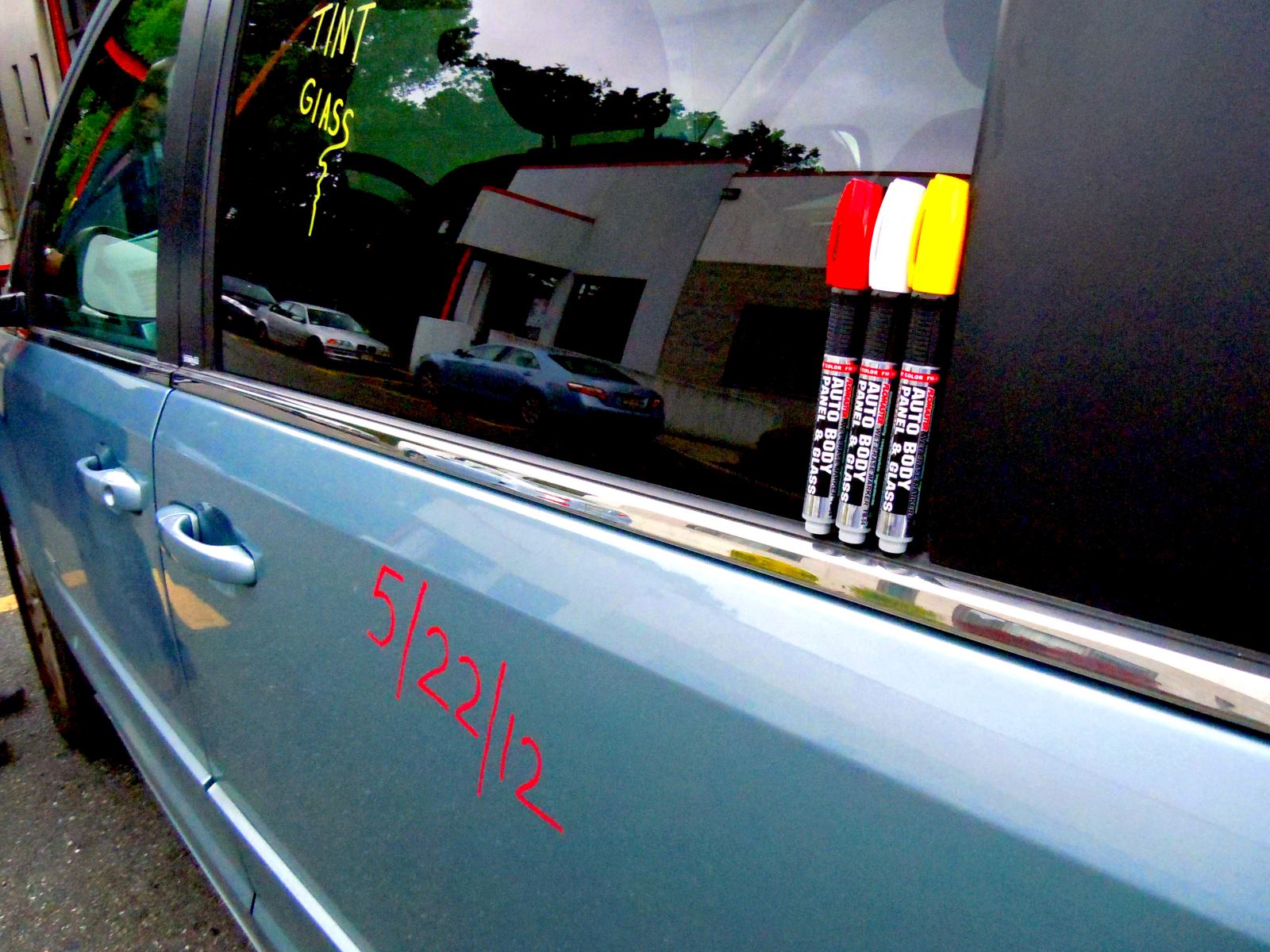
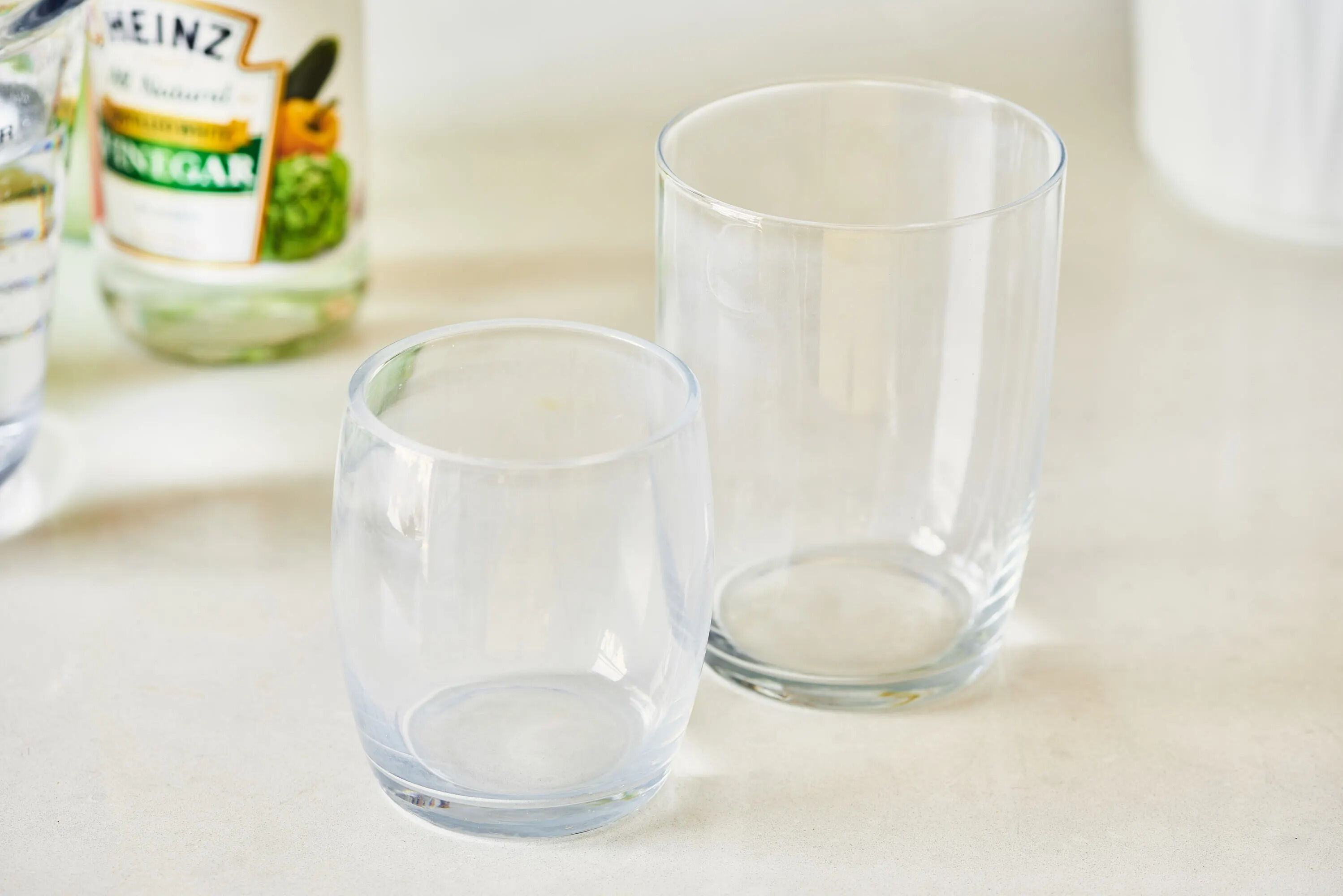
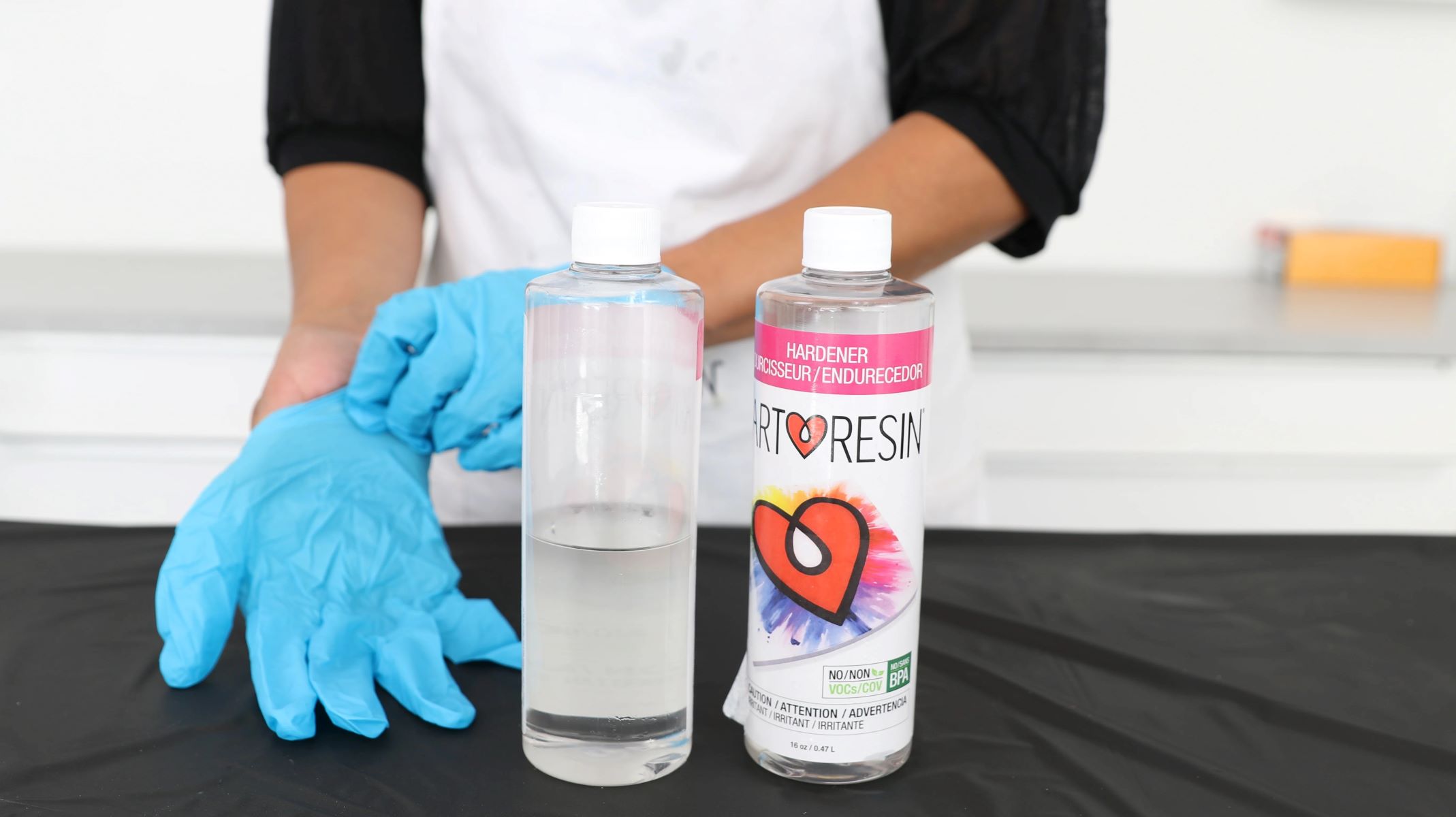
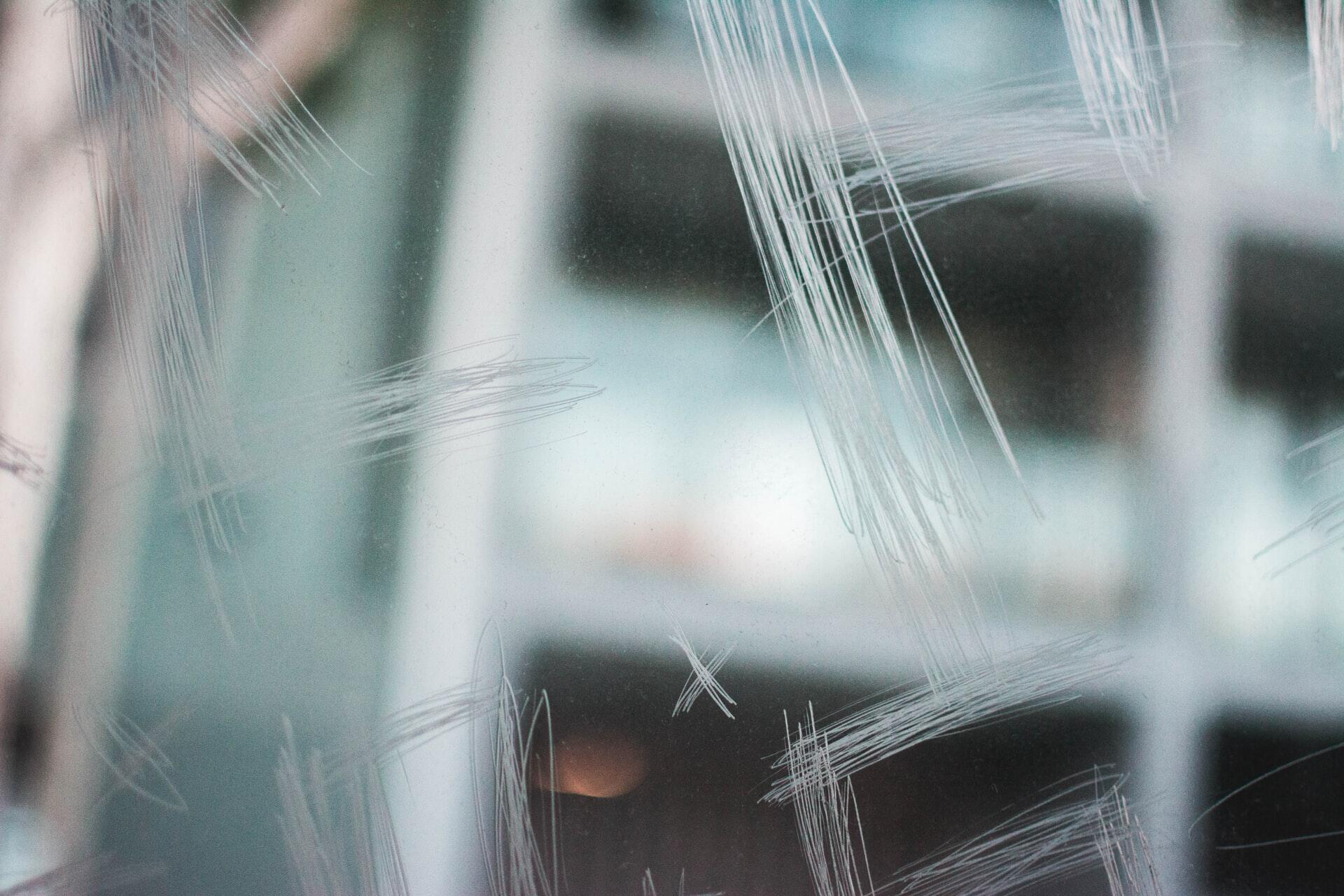

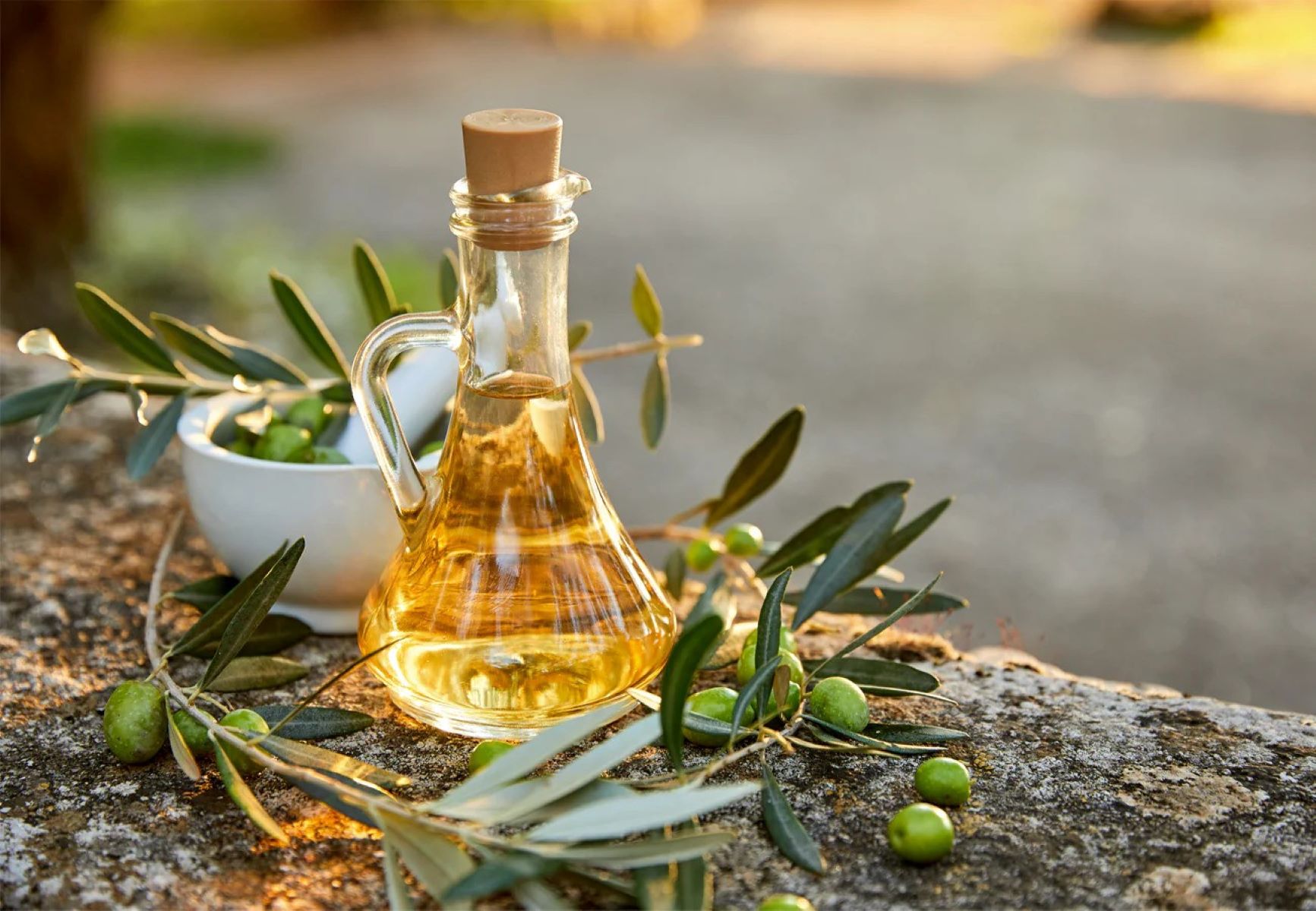
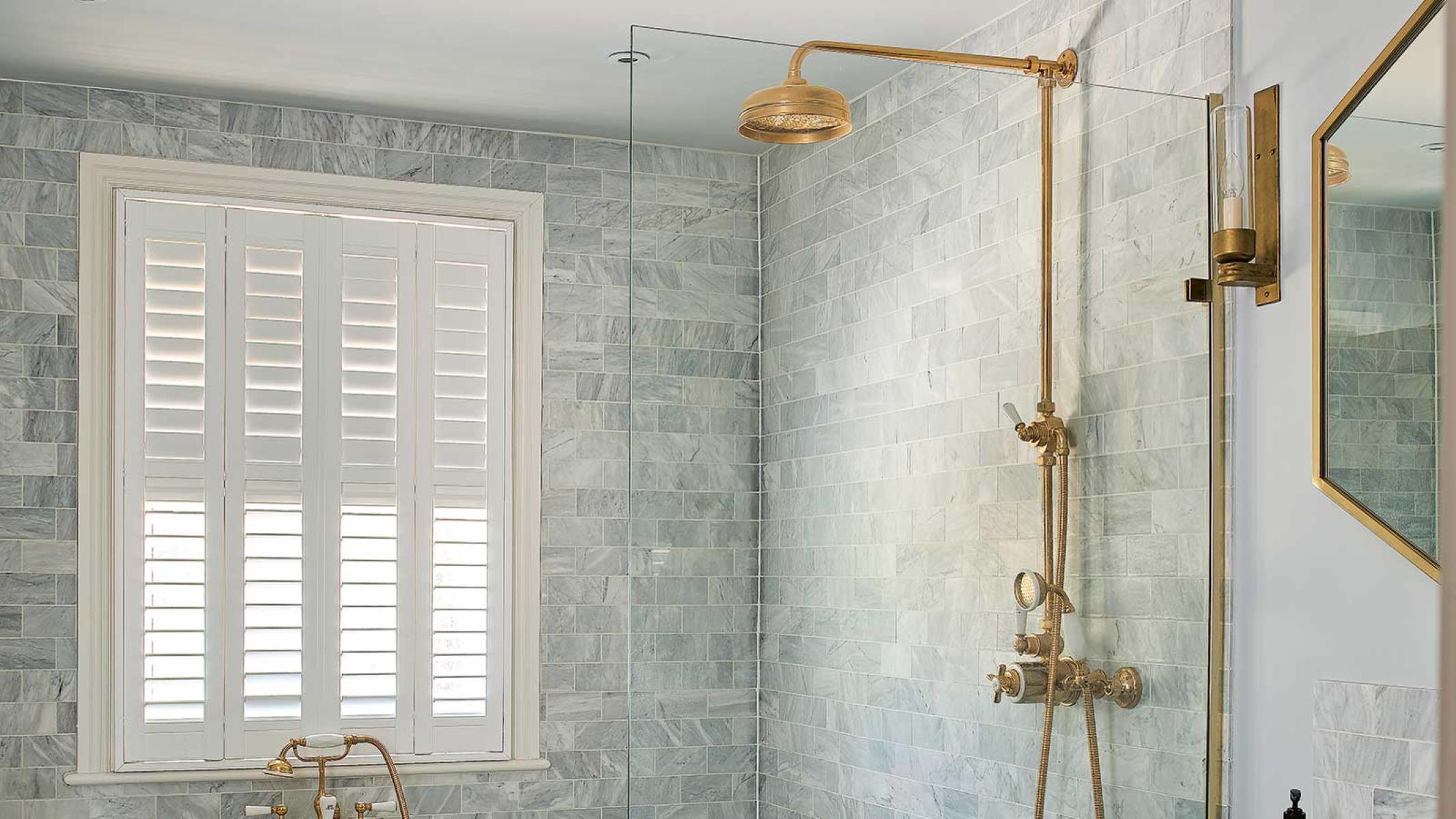

0 thoughts on “How To Get Into Glass Blowing”